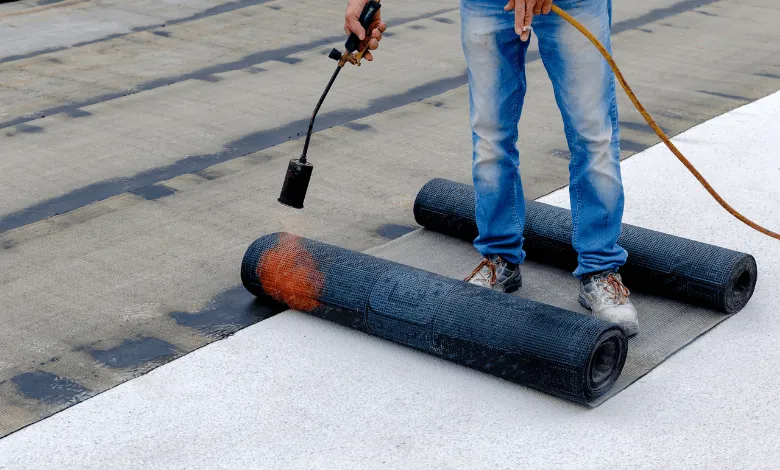The Essentials of Roof and Wet Area Waterproofing

Waterproofing is crucial to maintaining any building, particularly in areas prone to water exposure, such as roofs and wet areas like bathrooms and kitchens. Proper waterproofing practices ensure that these areas remain functional and damage-free. To obtain detailed information on waterproofing these specific areas, refer to a reputable website like https://www.allstarwaterproofing.com.sg/wet-area-waterproofing/, which offers comprehensive insights and solutions.
Understanding Roof Waterproofing
Roof waterproofing is vital to protect a building from water damage, especially in regions with heavy rainfall. The primary function of roof waterproofing is to make a barrier that stops water from seeping into the building. This process involves the application of waterproofing materials like membranes, coatings, or sealants on the roof surface. Effective roof waterproofing prevents leaks and protects the roof materials from rot, mold, and deterioration.
Materials Used in Roof Waterproofing
The choice of materials for roof waterproofing depends on the type of roof and the specific needs of the building. Common materials include bituminous membranes, elastomeric coatings, and liquid-applied membranes. Bituminous membranes are popular for their durability and ease of installation, while elastomeric coatings offer flexibility and resistance to weather changes. On the other hand, Liquid-applied membranes provide a seamless waterproof layer suitable for roofs with complex shapes.
Maintenance and Inspection of Roof Waterproofing
Maintenance and inspections are vital to extend the lifespan of roof waterproofing. This process generally involves removing debris from the roof surface, examining for any cracks or damage and ensuring the drainage systems are unobstructed and working correctly. Conducting seasonal inspections, especially after severe weather conditions, is recommended to identify any issues early on. Any damage or wear should be addressed quickly to avoid leaks and prolong the life of the waterproofing system.
Wet Area Waterproofing Essentials
Wet areas like bathrooms, kitchens, and laundry rooms require special attention regarding waterproofing. These areas are constantly exposed to water and humidity, making them susceptible to leaks and moisture damage. Waterproofing in wet areas typically involves the application of a waterproof membrane beneath tiles or wall surfaces to prevent water penetration into the structure.
Choosing the Right Materials for Wet Area Waterproofing
Selecting the right waterproofing materials for wet areas is crucial. Materials should be resistant to constant moisture and able to withstand the specific conditions of the area. Common choices include cementitious coatings, polyurethane membranes, and fiberglass systems. Each material has its advantages and suitability according to the usage and conditions of the wet area.
Professional Installation and Maintenance
For both roof and wet area waterproofing, professional installation is recommended. Professionals have the necessary knowledge and skills to choose the materials and techniques for efficient waterproofing. They also ensure proper application and adherence to building codes and standards. Regular maintenance by professionals can help in the early detection of issues and prolong the effectiveness of the waterproofing system.
Conclusion
For more detailed information and expert solutions, visit a reputable website like https://www.allstarwaterproofing.com.sg/wet-area-waterproofing/. Ensuring that these critical areas are well-protected against water damage saves costs in the long run and maintains the overall health of the building. In conclusion, understanding the essentials of roof and wet area waterproofing is crucial for the longevity and functionality of these areas in any building. Proper selection of materials, regular maintenance, and professional installation are key to effective waterproofing.
Explore further by checking out these related resources.






